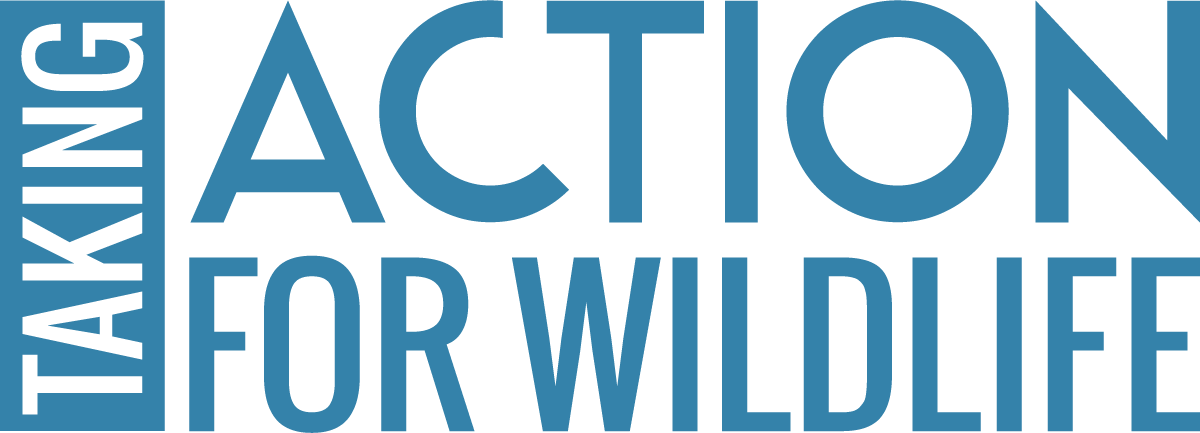Here are many examples, sorted by topic, of projects your community may be interested in pursuing with assistance from the Taking Action for Wildlife Team.
(click the "+" sign to expand each section)
- Inventory existing town documents (NRI, Master Plan) for insight on your community’s goals and values related to wildlife.
- Use the Wildlife Action Plan Maps and the Wildlife Corridors Map to identify priority wildlife habitats and corridors for potential conservation in your town.
- Develop or update a Natural Resource Inventory and/or Conservation Plan.
- Develop a Conservation Prioritization Checklist to help prioritize land conservation projects in town.
- Explore and become familiar with land conservation options.
- Designate a Town Forest in your community.
- Conserve town lands through a conservation easement.
- Learn more about different land use planning options – e.g. overlay districts, setbacks, buffers – and identify which are currently utilized in your community.
- Review your community’s Master Plan (especially the natural resources and land use chapters) to understand how conservation-related topics are covered.
- Connect with other town boards (Planning Board, Zoning Board) and start a conversation about conservation priorities in your community and how they relate to land-use planning.
- Conduct an audit of your community’s zoning ordinances, subdivision and site plan review regulations. Consider working with a professional.
- Assess your town’s road crossings with wildlife in mind.
- Identify opportunities for wildlife habitat management on town-owned properties.
- Prioritize habitat management on town-owned lands.
- Complete a habitat management project on a town-owned property.
- Use the Trails for People & Wildlife tool to identify where existing or planned trails would negatively impact wildlife, including wetland wildlife.
- Identify and document vernal pools on town-owned lands.
- Identify your community’s goals and values around wildlife via public input sessions or survey.
- Plan an educational event or workshop in your community, such as a wildlife or habitat-specific walk/field trip (e.g. vernal pools), a BioBlitz on a town-owned property, or hosting a talk on a specific wildlife or habitat-related topic.
- Create educational materials for your community, such as information for kiosks on town-owned lands, newsletter articles, informational brochures, e-news/social media content, a mailing for landowners, etc.
- Reach out to landowners who have important habitats identified on their land and may be interested in land conservation.
- Encourage community members to share observations of wildlife through NH Wildlife Sightings.


